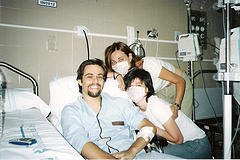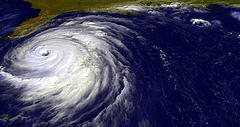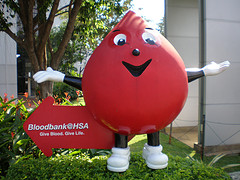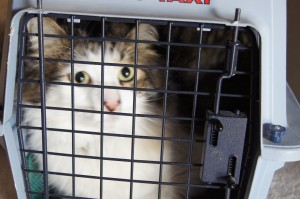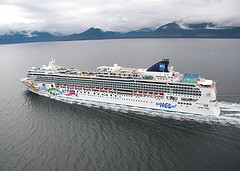 Many people encourage couples to take a vacation before their baby arrives because traveling after the baby is born is far more complicated than when it’s just the two of you. Of course, should you decide to take a babymoon (a honeymoon before the baby), it’s important to understand what your travel insurance can and can’t do for you before your trip and while you are on your trip.
Many people encourage couples to take a vacation before their baby arrives because traveling after the baby is born is far more complicated than when it’s just the two of you. Of course, should you decide to take a babymoon (a honeymoon before the baby), it’s important to understand what your travel insurance can and can’t do for you before your trip and while you are on your trip.
Standard travel insurance policies do not provide protection against emergencies related to pregnancy. They are simply unwilling to take on the risk of insuring pregnant travelers because, as you might imagine, there is a greater possibility they will need medical attention.
So while travel insurance plans automatically exclude pregnancy and childbirth from their coverage, but complications of pregnancy are medically covered by many travel insurance providers. For example, according to Travel Guard’s Description of Coverage for their Platinum travel insurance plan:
‘ “Complications of Pregnancy†means conditions whose diagnoses are distinct from pregnancy but are adversely affected by pregnancy or are caused by pregnancy.’
In layman’s terms, this means that common medical conditions that are caused by or affected by a pregnancy are covered by the plan’s standard medical coverage.
The same Description of Coverage from Travel Guard continues with:
‘Complications of Pregnancy do not include false labor, occasional spotting, Physician-prescribed rest during the period of pregnancy, morning sickness, hyperemesis gravidarum, preeclampsia and similar conditions associated with the management of a difficult pregnancy not constituting a nosologically distinct complication of pregnancy.’
This is just one example of a travel insurance plan’s language. So what does this paragraph mean in layman’s terms? It means that a diagnosed medical condition that is solely related to pregnancy will not be covered by your travel insurance policy.
For additional information, see these posts:
Pregnancy is not a Covered Reason to Cancel
Does Travel Medical Insurance Cover Premature Delivery?
So, can you safely travel with travel insurance while you’re pregnant? It depends. If your pregnancy is proceeding smoothly along, your doctor says it’s safe to travel, and you are early in your pregnancy, you could be just fine. Every travel insurance plan is different, so it’s crucial that you review the plan details (which are available on the travel insurance’s website before you buy) so you understand what’s covered.
Also, use your free review period to call the assistance services representatives and ask some specific questions that will help you understand what’s covered and what’s not.



